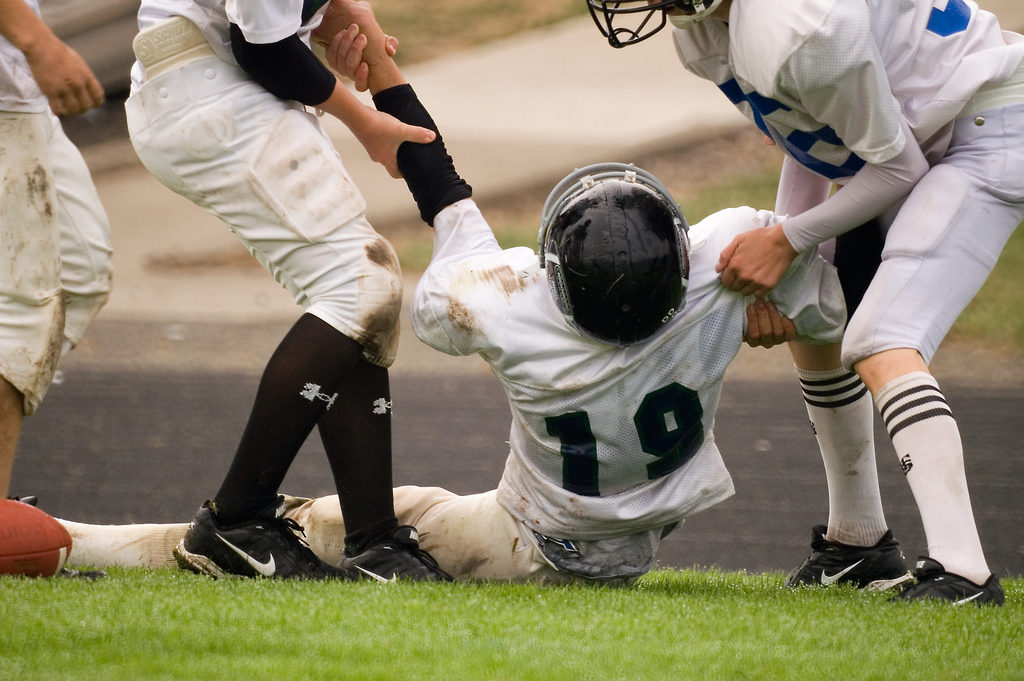News
Two studies question the effectiveness of state concussion regulations for youth athletes

Source: Stuart Seeger/Flickr
Over the past decade, every state in America has enacted some form of a concussion protocol to protect young athletes from the more severe long-term effects of repeated brain trauma. However, two new studies from the University of Minnesota suggest these protocols may be critically flawed.
As the studies published in the Berkeley Journal of Entertainment & Sports Law and the Duquesne Law Review show the current youth concussion laws may fail to give both parents and athletes the information necessary to make informed decisions surround concussions.
Lead author, Law School Professor Francis Shen explained, “the fundamental question we were asking is how can athletes make informed choices when they’re never told what the actual risks are?”
He continued, “we have an ethical duty to be upfront with parents and athletes about the risks of sports concussions.”
For the study, Shen and research assistants Carly Rasmussen and Sydney Diekmann reviewed more than 100 peer-reviewed publications to evaluate the effectiveness of sports concussion regulations.
What they found showed that the current concussion guidelines are hampered by misleading ideas about concussions. Namely, the fact that while concussions are rare and most youth athletes will never sustain a concussion, athletes do face an increased risk for brain injuries. Making this more complicated is the belief that sports concussions may be widely underreported.
The first study, “How Dangerous Are Youth Sports for the Brain?”, sought to clarify this mess of contradictions by better identifying how common concussions are in sports. Among its findings were several notable bits of information, including:
- There is great variation from sport-to-sport in concussion rates.
- Sports with the consistently highest concussion rates are football, wrestling, ice hockey, soccer, and lacrosse.
- Female athletes appear to experience almost double the rate of concussions as their male athlete counterparts in comparable sports (this finding, as well as additional demographic variation in concussion incidence, remains in need of further research). It is unclear if this increased rate directly translates to increased clinical impact in female athletes.
- Despite significant improvements in return-to-play protocols, much remains unknown.
From there, the second study, “Are Youth Sports Concussion Statutes Working?”, aimed to evaluate the actual effectiveness of concussion guidelines. It observed:
- While most high schools have implemented a concussion protocol roughly consistent with state law, parents and athletes in non-school youth sports have been largely overlooked.
- In a survey of hundreds of Minnesota athletes and parents, less than 50 percent of the respondents correctly understood the state’s concussion law.
The researchers hope their findings will help shape new, improved concussion guidelines which better educate athletes about the long-term risks of brain trauma. He is also working with members of the University of Minnesota Medical School, and the School of Public Health in this effort.
“The bottom line is that we need to do much more if we want to fully address the great challenge of brain injury in youth sports,” said Shen. “Stakeholders should be working together to build better policy.”



